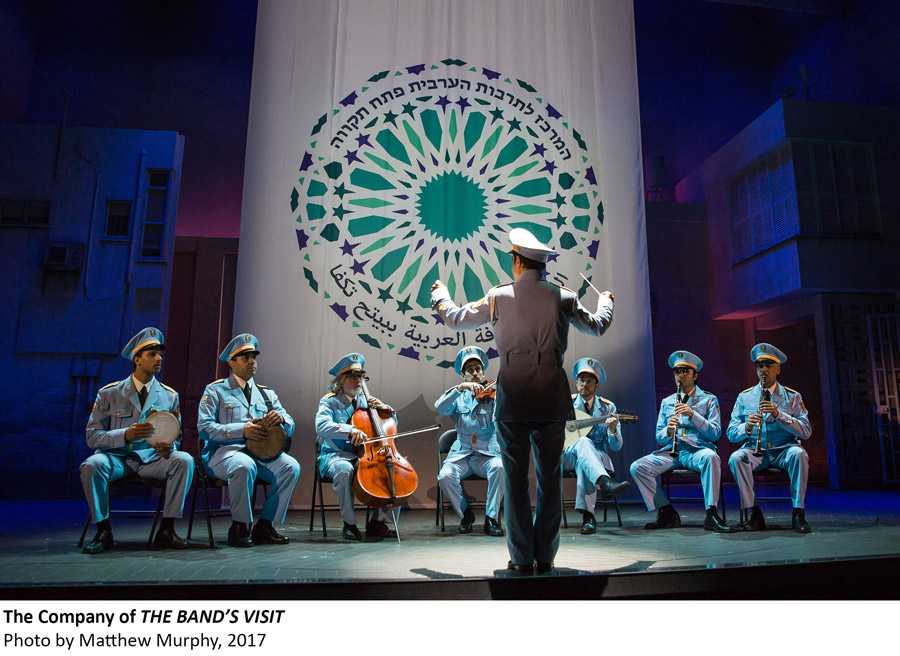Astro Spatial Audio on board for The Band's Visit
- Details

A big part of the musical's success is celebrated sound designer Kai Harada's innovative sound design, at the heart of which is Astro Spatial Audio's true object-based approach to immersive, three-dimensional audio.
At the heart of the Astro Spatial Audio (ASA) solution is the conversion of audio signals into audio objects. ASA's SARA II Premium Rendering Engine – a 3U road and rack ready processor offering up to 128 MADI or 128 Dante configurable network pathways at 48kHz/24-bit resolution – utilises extensive metadata attached to each audio object.
The result is a precise calculation of that object's position within virtual 3D space, processed in real-time up to 40 times per second for each individual object, as well as that object's acoustic effect on the virtual space around it. The result for the engineer is a truly 3D audio canvas on which to play.
Harada explains how ASA was integrated into the production: "In The Band's Visit, several musicians play their instruments in a variety of locations on the stage, and it was incredibly important to me to preserve a transparent sound system design – in my opinion, the more we attracted attention to the sound system, the less the audience would connect with the actors and the story on stage, so natural-sounding reinforcement was the goal."
Harada's associate, Josh Millican, drafted all the speaker positions in CAD and when it was time to commission the system in SARA II the measurements were verified and the values simply entered.
"ASA allowed us to precisely place the instrument source as an audio object within a graphical interface, while it did all the calculations to make it sound correct. Changes to staging were easily accommodated. In addition, having used other acoustic enhancement systems on other shows, I was eager to try the ASA room enhancement to give the illusion that the theatre was a larger acoustic space for some key moments in the show.
"Also, there were a number of very localised sound effects – coming from a prop radio, or a jukebox, or a baby – and although we had many wireless loudspeaker systems to play with, we used SARA II to reinforce the localisation through the main PA: the initial waveform comes from the practical loudspeaker, but SARA II ensures that the sound is localised correctly for all audience members."
All the stage band and practical sound effects inputs were routed, post-fader, from a Studer Vista 5 console into SARA II, where they were represented as audio objects; the Studer fired MIDI changes to QLab, which in turn fired OSC commands to SARA II to move between snapshots. SARA II's outputs were routed back into the console and routed to the appropriate loudspeaker systems, which were then processed using Meyer Galileo units. The system had to function first as a traditional reinforcement system, and secondarily integrate all of SARA II's power.
Harada sums up his experience with Astro Spatial Audio: 'I think it's a great tool – it is quick to set up and commission the system, which is very important in an industry where time is very, very expensive. Having what are essentially two separate features: object-oriented audio and acoustic enhancement in one box is a great boon. Not having to manually calculate delay times to a given reference point was also a huge time-saver – just entering the x, y, z coordinates of the loudspeakers got us very close to having a functioning system in a short amount of time, and then we could spend the rest of the time listening and adjusting.”
(Jim Evans)
















